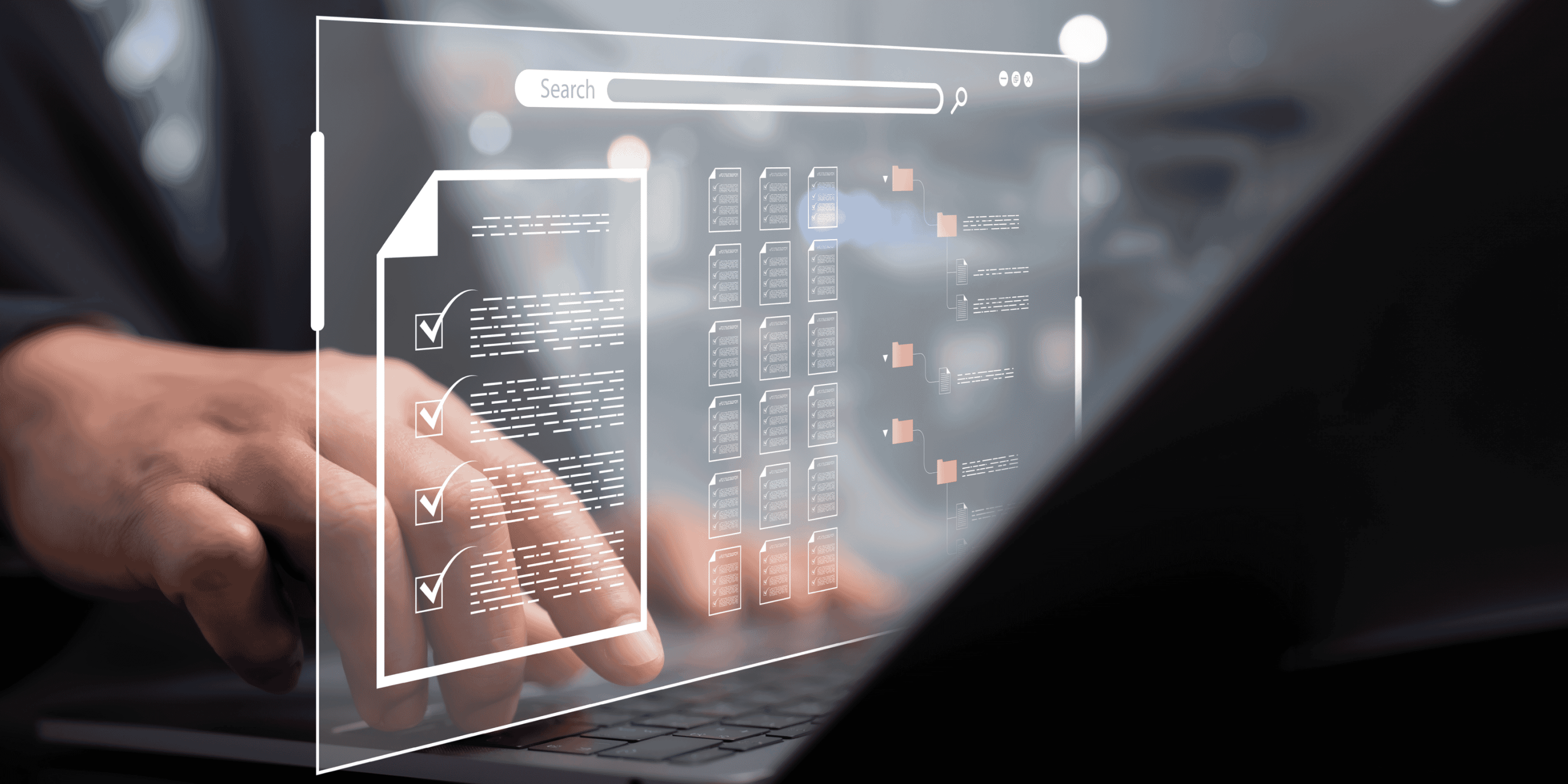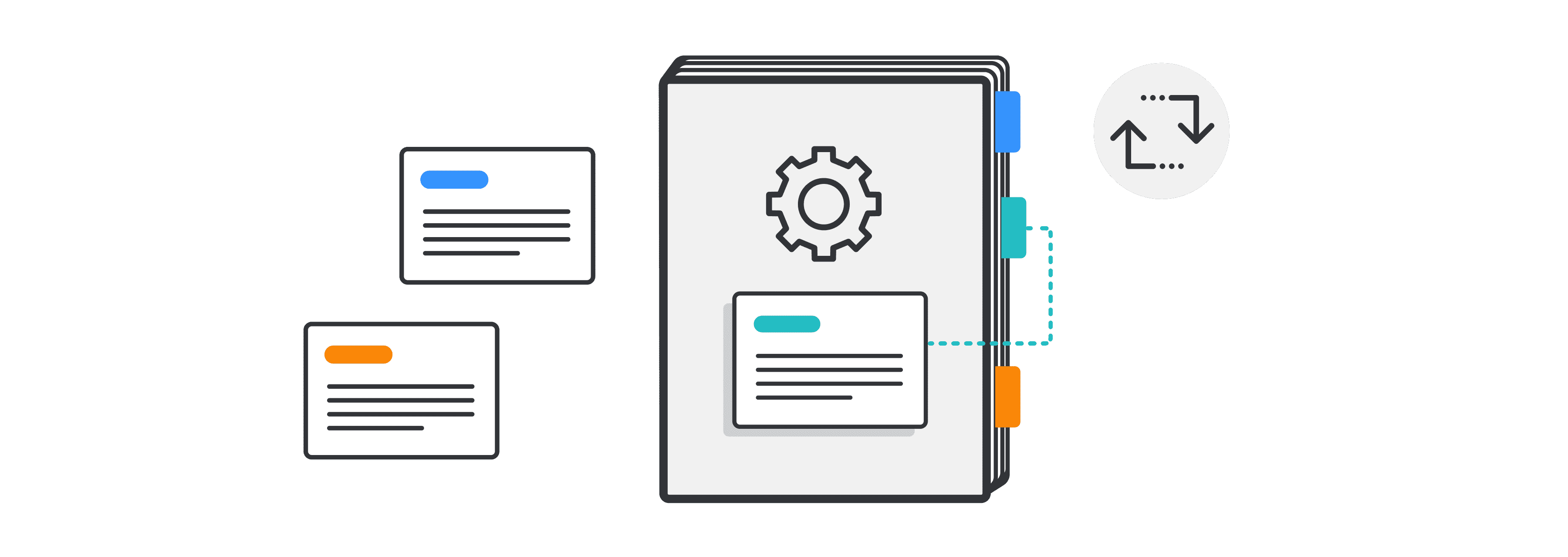This blog post is written by Rahel Anne Bailie, FSTC, FISTC, the Content Solutions Director at Technically Write IT. She brings a wealth of experience to helping companies get more value from their content assets.
Scalability of content production is a one of the big concerns of organisations, particularly those anticipating rapid growth. Organisations find themselves in a situation where content becomes a blocker along the production line.
The traditional ways of creating, storing, segmenting, using, and delivering content are no longer relevant. Creating content in word processing software and outputting it in its native format or publishing it in PDF format fall short of the today's needs of organisations to produce an increasing amount of content needed to accommodate more product lines with more products, for more audiences in more markets. Those needs, combined with an increasing expectation of delivering personalised, rather than generic, content, makes it imperative that we update production processes to be able to keep pace with a greater need.
However, developing a strategy for effective content reuse allows you to maximize the reach and impact of your content marketing efforts. For instance, an outdated blog post of high quality content can be updated with fresh data and insights to turn it into something that resonates with today's audience. Modifying old content rather than starting from zero, saves time and effort. Here’s why content repurposing scales production.

Create-Once vs Continual-Creation
While digital and physical products fall into the "create once" category, content is in the "continual creation" category. (It's the difference between designing cooking utensils and designing daily meals that use those utensils.) This is where applying processes meant for "create once" assets to streamline content falls short. Adapting processes such as Agile are useful but don't go quite far enough.
Product content lends itself an "object-oriented" approach, which allows for the reuse of content assets yet even that doesn’t lend the potential levels of efficiency that can be achieved. Content is not code and needs its own strategies to achieve production at scale. The strategy starts with an assessment of the source content you'll be considering for reuse, the target content in which the reuse will be incorporated, and the potential levels of reuse. Once you have an informed estimate, you can then apply the right techniques to put this into effect.
Reuse and Automation
The role of automation in a content reuse strategy is important. Having the ability to reuse content is only one side of the coin; the other side is being able to automatically direct the reuse to the right locations through machine readability. This is critical to a growing organisation. Though scalability through automation is not focus of this article, it bears a mention.
Content Modularity
Create your content in modular chunks. Modularity, as explained back in the 1990s by John M Carroll as "minimalist instruction", promotes better comprehension as well as being the main contribution to a robust reuse strategy. The technologies have changed a lot, and the delivery methods have changed for more sophisticated outcomes, but the foundational principles remain sound.
Let's look at the four basic characteristics of modular content:
- Each content module is a self-contained unit of information. Each module should be the smallest unit of content that can be understood on its own. For example, a definition, a compliance statement, or a feature set fits the description, as does a set of steps that make up the instructions to do a discrete task.
- Each content module follows a standard editorial pattern or a structured content. For example, each set of instructions could follow the pattern of: title, short description, numbered steps. Or each alert could be a statement prefaced by the alert type (warning, caution, note, etc) and an icon. The primary reason to use patterns is for easy reading, but an important side-effect is that it also facilitates easier reuse, especially when creating content at scale. Your organisation may call these templates, though templates are usually created at the document level. Content modules can be pulled into document templates through automation, which is a powerful aspect of a reuse strategy.
- All modules are portable. By following a technical standard - known as a schema, this is a way of making content machine-readable - the content is to be able to mix-and-match, building-block style. We often use the metaphor of Lego™ blocks to explain this concept. Despite each Lego block potentially being a different size, shape, and colour, they all work together because they follow certain standards for the size and placement of the studs (the bumps on the blocks) on each block.
- Content modules have the right metadata associated to help machines read and process the content. The importance of having both structural and descriptive metadata cannot be downplayed; its role in helping with scale and delivery for multichannel, omnichannel, and personalised delivery is so important.
Understanding the characteristics of modular content goes a long way to developing an effective reuse strategy.

Content Reuse Techniques
There are many techniques for content reuse. Some are dependent on particular technologies; others are editorial techniques used during the creation process. Some techniques are specific to particular types of content; others are used in particular use cases. Here are the five most applicable techniques that can be widely used across your content corpus.
1. Create document templates
A document is the largest unit of content asset. Essentially, a document is a collection of content modules. For example, each section of a document could be a module, with each section being made up of smaller modules. The more specificity you can embed into the template, the better. The more you can reuse, and the more you can automate how content modules get assembled, is determined by how well the template is put together. Any document, from case studies, white papers, blog articles, instruction manuals, or technical marketing briefs can be easily be templated.
Templating streamlines content production, ensures consistency across your content, and saves time by providing a ready-made framework for content aggregation.
2. Write for modularity
Adopt a modular approach when creating content. This involves breaking down content into small, reusable modules across all modules. The goal of this writing technique is to be able to reuse that content by mix-and-matching with other content modules. Pulling a content module into a document template should work as a stand-alone unit of comprehension that blends in with the surrounding content, no matter in which document the content is included, or which format is applied. Content modules can be as small as a phrase or a sentence, a paragraph, or a larger unit such as an instruction or a topic. A good example is a description, a compliance statement, an instruction, or a tutorial that can be used just as effectively in different contexts. Another example is a repurposed content from recent posts that can be sliced into smaller pieces and tailored for social media. A single blog post can be transformed into multiple tweets, Facebook posts, or Instagram stories, each targeting a different audience segment.
Modular content creation significantly increases reuse potential by enabling the rapid assembly of new content from existing pieces. It reduces the time and resources required for content creation, as content creators can leverage pre-existing modules instead of starting from scratch. This approach also ensures consistency across different content pieces, as the content is drawn from a single source. This easily streamlines the process of repurposing content.
3. Standardize the editorial
Now you have your content modules written in a modular way - great! But what happens when you aggregate a number of content modules into a document and each module is written in a different style? What can have equally serious consequences is when the terminology isn't consistent across content modules, or the data points are shown in different measurement units. It can be confusing and sometimes even dangerous. Another aspect to be aware of is soft dependencies, such as referring to an arbitrary location of an image or chart - on a web page, the image may be to the right, while on a mobile phone, the image may be above or below, while in an eBook, there may be no image at all.
Doing a content integrity check is an important step towards increasing the reusability potential. This also increases the ability to automate the reuse. Aside from these internal benefits, an external benefit is retaining consumer confidence - calling a single product component by multiple terms can reduce their confidence and spike the calls to your support center, protecting information accuracy, and protecting your brand.
4. Add robust metadata
Metadata gives content its reuse superpower. The more that a system, whether that is a component content management system at the authoring end or a content management system at the content delivery end, understands about a specific piece of content, the easier it is to reuse that content through automation. For example, when metadata tells a system that a piece of content is, say, a feature list, that feature list can be automatically inserted into the right place in a case study, technical marketing brochure, or any other document.
Adding more metadata - for example, adding a product model to content modules - allows that same content module to be pulled into specific documents, without adding more workload.
5. Refine for multiple audiences and markets
Once you have modular content with good content integrity, tagged with structural metadata, it's relatively straightforward to enhance that content to serve multiple audiences. This is where content reuse becomes truly impressive. When a content reuse strategy is put into place, the last step is to add additional metadata and a delivery mechanism that can handle a number of use-cases.
- Multichannel publishing - when content is delivered for publication to multiple channels. This could mean identical content or a slightly different subset of the content. Think of news or magazine articles that are published to a website, tablet, and a phone, each with the same story, with little variations that make sense for each particular channel. The content comes from a single source, and gets re-used across the channels.
- Omnichannel delivery - when a body of content is divided up, usually with metadata, by the stage of the user journey, and delivered at the appropriate time. For example, upon first contact, the user may get a feature set description, whereas the second contact could be a case study or white paper, and so on. In this case, the reuse is more flexible, as certain content modules may be used at multiple stages of the user journey.
A more sophisticated approach is to add in content and metadata that can support even more specific and granular ways of delivering content to audiences in different markets, contexts, and languages.
- Translation and localization - making content work for specific markets. The reuse techniques can be used to develop a common framework with lots of common content that can be reused alongside market-specific content. For example, instructions for plugging in an appliance can be a common task, with specific plugs for each geographic region. An example with more impact could be medical protocols that differ from country to country. Tagging these variations with the target country helps during translation, as the language service provider can be sent only the content pertinent to that particular market.
- Personalization - when content is directed to a subset of users, or even a single user, based on what is known about the user's preferences and demographic data. As an example, an online loan application could appeal more to recent graduates if the content is about buying a first car; to appeal to retirees, the content could be about that cruise of a lifetime. Personalizing content helps broaden the appeal of your content, making it more effective across diverse markets and enhancing engagement through personalization.
Consider the Business Impact
Each organization will have its reasons for wanting a reuse strategy. These reasons are situation-dependent, though the two umbrellas are to drive user engagement and increase operational efficiencies. Organizations are generally surprised at how much waste is baked into their content development processes. Once the operating model is streamlined with robust content operations, the blocker to efficient production and content publication at scale is removed. The only way to determine where your particular reuse benefits lie is to do a proper reuse analysis as part of a content strategy.











